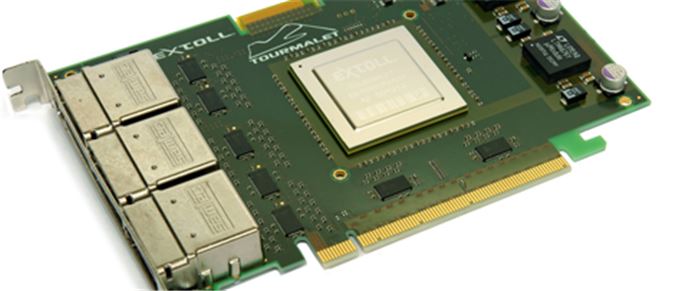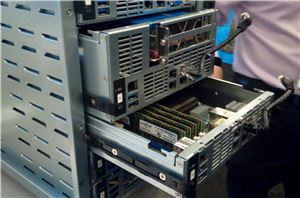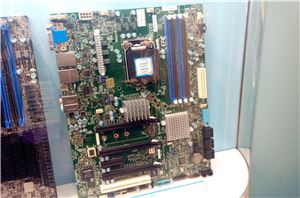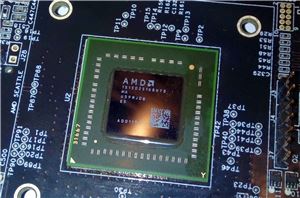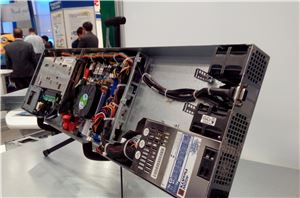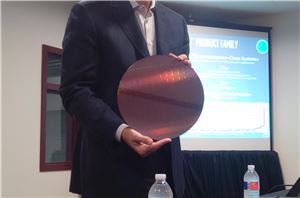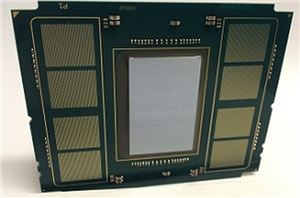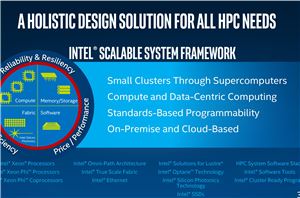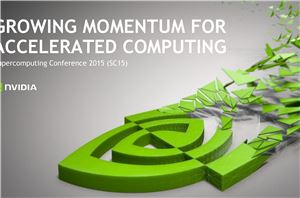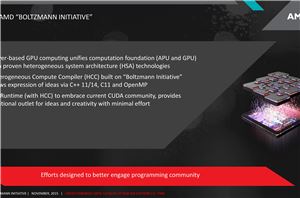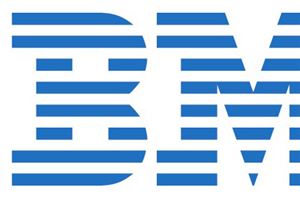SC15
The typical view of a cluster or supercomputer that uses a GPU, an FPGA or a Xeon Phi type device is that each node in the system requires one host or CPU to communicate through the PCIe root complex to 1-4 coprocessors. In some circumstances, the CPU/host model adds complexity, when all you really need is more coprocessors. This is where host-independent compute comes in. The CPU handles the networking transfer and when combined with the south bridge, manages the IO and other features. Some orientations allow the coprocessors to talk directly with each other, and the CPU part allows large datasets to be held in local host DRAM. However for some compute workloads, all you need is more coprocessor cards. Storage and memory might...
Workstation Love at SuperComputing 15
One of the interesting angles at Supercomputing 15 was workstations. In a show where high performance computing is paramount, most situations involve an offload of software onto a small...
36 by Ian Cutress on 12/14/2015Supermicro with Greenlow Motherboards at SuperComputing 15
One of the bigger shakeups of the Xeon ecosystem of late is the recent discovery that Intel will be severing the few ties that the Xeon family of processors...
14 by Ian Cutress on 11/24/2015Omni-Path Switches at SuperComputing 15: Supermicro and Dell
It was clear at SuperComputing 15 that Intel had two main things in mind to promote: Knights Landing, their new Xeon Phi product, and Omni-Path, their new 100 Gbps...
10 by Ian Cutress on 11/24/2015ARM on AMD: The A1100 Seattle Silicon at SuperComputing 15
Anyone loosely following AMD’s efforts with ARM intellectual property would have had on their periphery the noise of the A1100 product aimed at servers, codenamed Seattle. The idea was...
18 by Ian Cutress on 11/24/2015Broadwell E3 v4 Xeons: Cirrascale at SuperComputing 15
The hubbub about the Broadwell Xeon family was relatively interesting. We managed to get hold of the models that came in a socketed form for testing, the E3-1285 v4...
6 by Ian Cutress on 11/23/2015SuperComputing 15: Intel’s Knights Landing / Xeon Phi Silicon on Display
There are lots of stories to tell from the SuperComputing 15 conference here in Austin, but a clear overriding theme – in order to reach ‘Exascale’ (the fancy name...
26 by Ian Cutress on 11/19/2015A Few Notes on Intel’s Knights Landing and MCDRAM Modes from SC15
When learning about new hardware, there are always different angles to look at it. For the most part, manufacturers talking to the media will focus on the hardware aspects...
10 by Ian Cutress on 11/16/2015Intel @ SC15: Launching Xeon Phi “Knights Landing” & Omni-Path Architecture
The fourth and final of the major SC15 conference announcements/briefings for today comes Intel. As Intel is in the middle of executing on their previously announced roadmap, they aren’t...
7 by Ryan Smith on 11/16/2015NVIDIA @ SC15: US NOAA to Build Tesla Weather Research Cluster
Continuing with our coverage of today’s spate of SC15 announcements, we have NVIDIA. Having already launched their Tesla M40 and M4 server cards last week to get ahead of...
15 by Ryan Smith on 11/16/2015AMD @ SC15: Boltzmann Initiative Announced - C++ and CUDA Compilers for AMD GPUs
The second in our major SC15 announcements comes from AMD, who is taking to the show to focus on the HPC capabilities of their FirePro S line of server...
20 by Ryan Smith on 11/16/2015IBM & Xilinx @ SC15: Collaborating For Better POWER/FPGA System Integration
Kicking off this week is the annual International Conference for High Performance Computing, Networking, Storage, and Analysis, better known as SC. Along with the International Supercomputing Conference (ISC), SC...
7 by Ryan Smith on 11/16/2015

